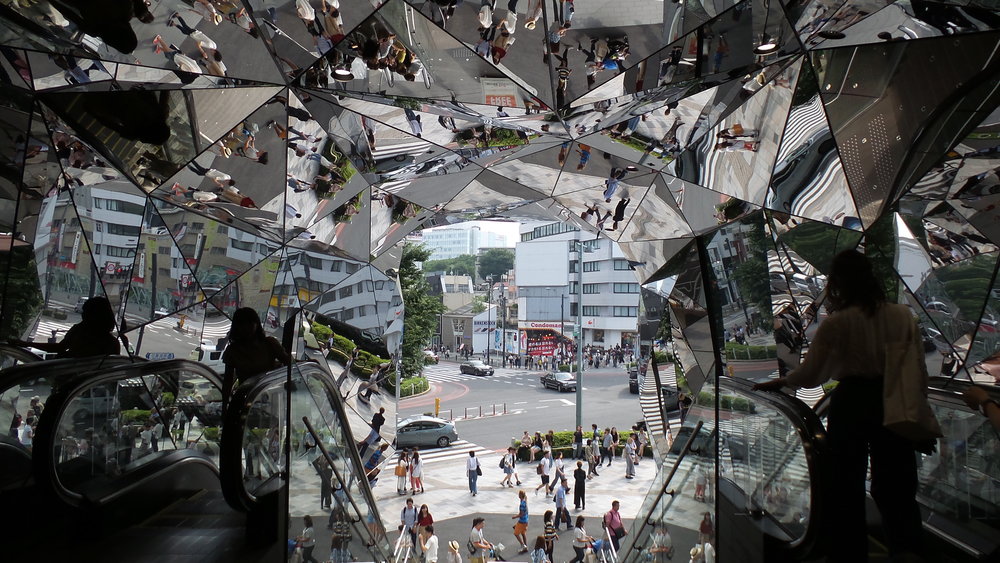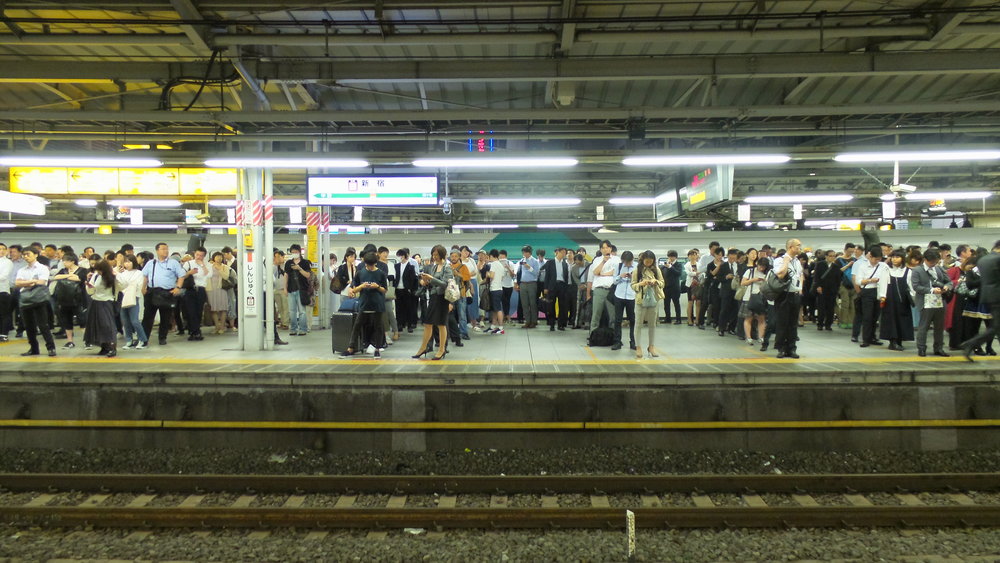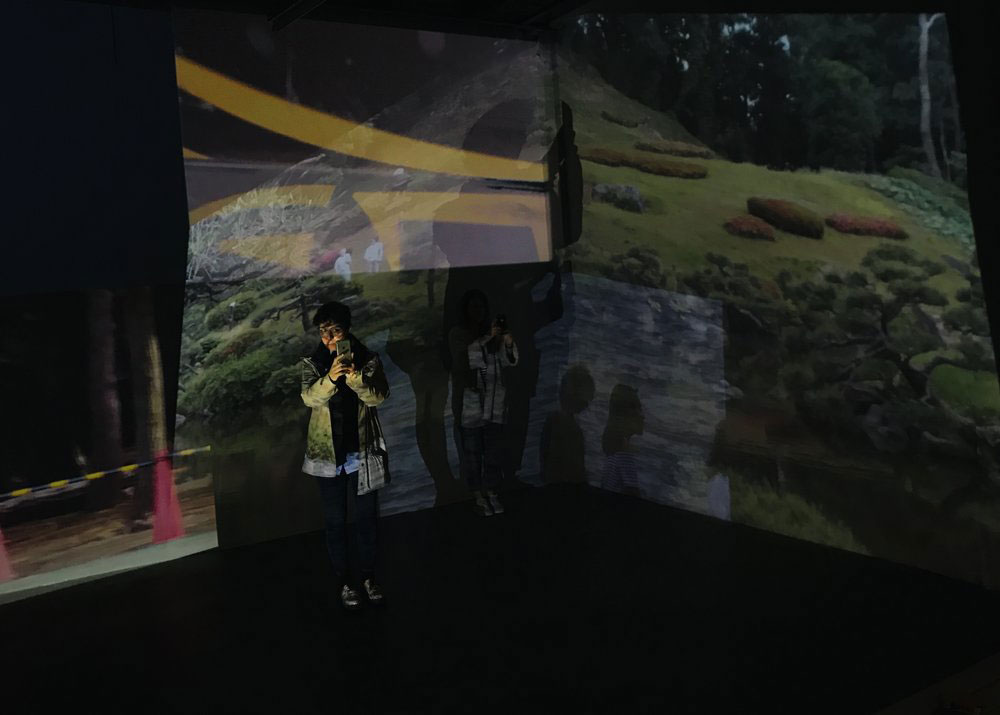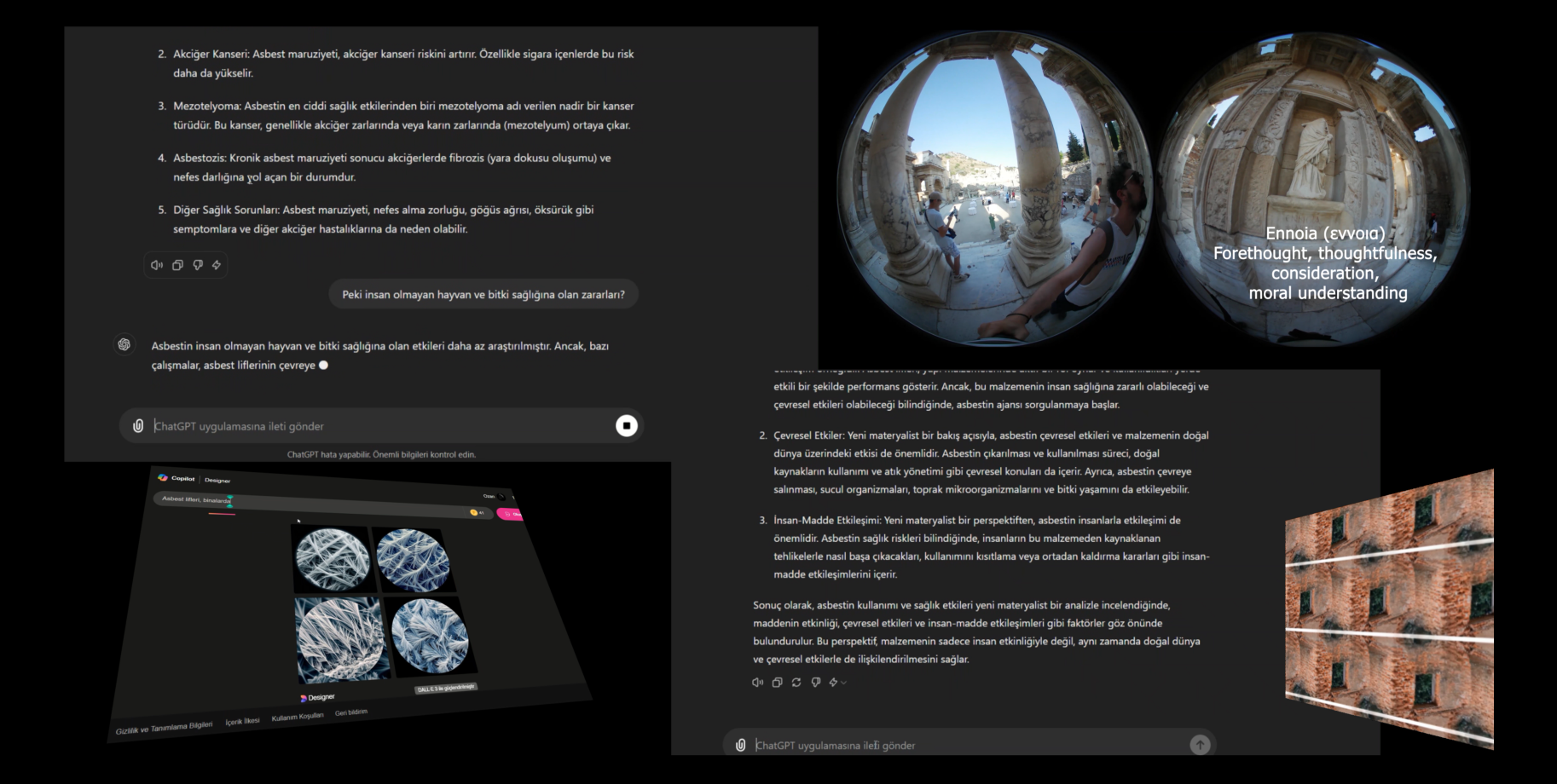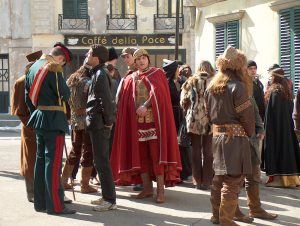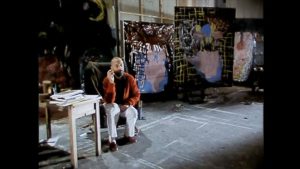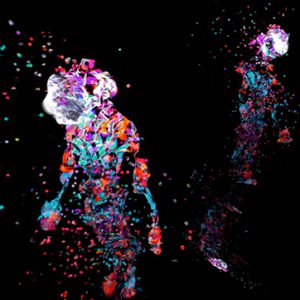CROSSED DESTINIES: HOMAGE TO CALVINO
CURATOR: İPEK YEĞİNSÜ
Art Talks: Lara Kamhi & İpek Yeğinsü
19.04.2018
Bilsart is host the group exhibition “Crossed Destinies: Homage To Calvino” between April 5th and May 2nd. Curated by İpek Yeğinsü the exhibition brings together the works of Özcan Saraç, Bengü Karaduman, Lara Kamhi and Uygar Demoğlu.
The Castle of Crossed Destinies (1973) is an ideal example of Italo Calvino’s experimental approach towards fictional narrative. This work which may also be defined as a ‘semiotic novel’ departing from the symbolism of tarot cards, is composed of two sections, namely “The Castle of Crossed Destinies” and “The Tavern of Crossed Destinies”, each containing eight short stories. In both settings, a group of individuals gather around a table and, unable to put their adventures into words, tell their stories through the images on the cards. The grid-like structure that emerges as the cards come one after another generates an archetypal network encouraging the reader to join the game as well. The stories occasionally become intertwined; while some cards repeatedly appear with varying meanings, others become indispensable for more than one narrators’ purpose. The result is an extraordinary pattern in which, in Calvino’s words, “the meaning of each card depends on its place in the sequence of cards preceding and succeeding it”.[1] The sequence of images composing the stories is also reminiscent of concepts like cinematic narrative and montage; it is possible to argue that they even generate a ‘Kuleshov Effect’[2]. This effect can be considered valid for moving images in general, and is also at the basis of the exhibition’s narrative structure.
The two sections in the exhibition, each with a duration of two weeks, establish an analogy with the book’s two respective sections. Moreover, each section in itself has been structured in a way to present one video work by one artist for one week, each produced specifically for the exhibition. Here the main objective is to initiate an intellectual exercise on the narrative effect generated by the sequence of works within the exhibition as well as on each artist’s response to the conceptual framework; to revisit Calvino’s semiotic experimental field within the context of video art via two different artist duos with ‘crossed destinies’. During the curatorial process, the discovery of the fact that Ergin Çavuşoğlu’s work Desire Lines / Tarot & Chess (2016)[3] was exhibited a few months ago at the same venue and was based on the same text, added yet another exciting layer of meaning to the already existing ones: the exhibition space’s own history, emerging from the sequence of visually oriented activities it presents.
[1] Calvino, I. (1973). “Sunuş”. Kesişen Yazgılar Şatosu, s. 8. İstanbul: Can Yayınları.
[2] According to Lev Kuleshov, one of the leading figures of the Soviet Montage School, our perception of a film is not determined by the sum of its single frames and their contents but by their sequential arrangement.
[3] Çavuşoğlu explains that this work is based on Calvino’s literary expressions in The Castle of Crossed Destinies. Source: http://www.ergincavusoglu.com/html/new_website/Desire_LinesTC.html
LARA KAMHİ
TRANSPARENCY OF BEING
2018 l multi-channel video installation
Transparency of Being is a comparative observation of the tension between communication technologies and transportation networks invading our daily lives, and our search for spirituality. The footage produced by Lara Kamhi in Japan reflects the cacophony of the age of perceptual consumerism we live in, and resembles a Dadaist collage in which fragments from a few main sources are remixed and then reassembled. The artist occasionally uses utopian elements to underline the reality of the dystopia, and her choice of Baudrillard as one of her external narrators is not coincidental. The copies of the digital age without an original constitute an ideal metaphor for a universe of simulations where reality has in fact never existed.
As Kamhi’s subjective gaze becomes part of its structure, the work examining perceptual mechanisms also becomes a reflection of the artist’s own journey for self-discovery. Relying on dichotomies like distance and touch, desolation and crowdedness, and time and timelessness, it integrates the artist’s own perceptual journey for discovery into the narrative. This experimental documentary’s main question, on the other hand, is the following: “If our perceptual experiences transformed by technology alienate us from our existence, isn’t this also a sign for our transition into a metaphysical context?” Specifically for the exhibition, Kamhi adds one more semiotic layer to her search for an answer, splitting the work into asynchronized fragments and dispersing them into the exhibition space. The result is a pool of narratives that transforms into only one of the countless probabilities for each viewer, re-montaged time and time again depending on his or her trajectory and perceptual attitude.
About LARA KAMHİ:
Lara Kamhi uses visual narrative, sound, light and installation to address the conflict between reality and appearance. After Theatre Studies at the University Sorbonne Nouvelle Paris-III and Film Studies at the American University of Paris, she studied Film and Television at İstanbul Bilgi University and graduated from Slade School of Fine Art. She co-founded the independent art initiative Prizmaspace where she also curated nine exhibitions. Her work has been exhibited in Istanbul, London, Berlin, New York, Brussels, Beirut, Jerusalem, Gyeonggi and Tenerife.

